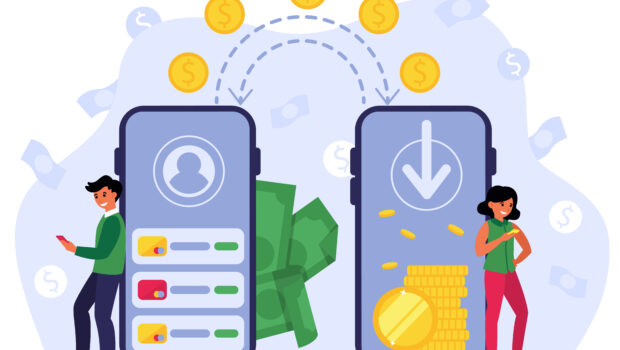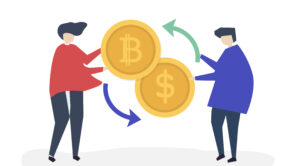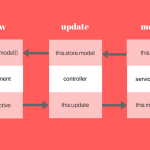What Are Cross-Border Payments?
Do you need to make a cross-border payment for something you bought from outside your country? Our guide will discuss cross-border payments and how you can make them.
Like other services, cross-border payments also require fees. If you need extra cash to send a cross-border payment, check out Payday Depot today. It can help you get the money you need quickly and easily to pay the fees for completing a cross-border payment.
What Is a Cross-Border Payment?
As its name goes, cross-border payments are transactions between a sender and recipient based in separate countries. In short, the goal of the payee is to receive funds across territories from the payer. The parties involved can be between individuals, companies, or banking institutions.
Often, businesses and merchants who market their products internationally make cross-border payments. For example, online companies work with a payment service provider (PSP) that offers a global payment gateway. The PSP allows them to receive international payments from their clients.
Because the money transfers from one country into another, it will also change currencies. Often, the PSP uses the currency exchange rate of the time of the payment. The PSP also usually automatically converts the money once the amount crosses borders.

Image credits Freepik
Types of Cross-Border Payments
Cross-border payments come in various types, and chances are you’ve already tried using one of these types. The types of cross-border payments are:
- Credit card payments
- Bank transfers
- Alternative payment methods like digital wallets or e-wallets
Credit cards and bank transfers are the most popular and common options for many consumers. E-wallet payments often occur through smart devices and provide convenience. Some popular e-wallets include Paypal, Alipay, Google Pay, and Apple Pay.
How to Send and Receive Cross-Border Payments
You can send cross-border payments through the different types. For example, you can make an international bank transfer. To do this, you need the recipient’s International Bank Account Number and Bank Identifier Code.
International bank transfers and credit cards are the most popular and common options for many consumers. In the US alone, over 191 million adults have credit cards. To send your payment, you only need to enter the necessary card details.
Recipients of an international bank transfer need a bank. If you’re accepting cross-border payments via credit card, you need a merchant account. Go to a bank to open a merchant account. Recipients of credit card payments can also accept the money through payment service providers.
For e-wallet payments, the payer needs an e-wallet. E-wallets can transfer the money to the recipient’s bank for a fee. For optimal convenience, the receiver and sender should have e-wallets.
Conclusion
Cross-border payment is a transaction that crosses territories or countries from the sender to the receiver. We commonly use it today, thanks to the globalization of the market. The three types of cross-border payments include transactions via credit cards, bank transfers, and digital wallets.
Now, you understand cross-border payments more. Continue learning about finances and money. Learn more about these topics when you read our other guides and articles today.
Image Credits: Freepik










![Travelling with your E-cigarettes [Infographic]](https://technofaq.org/wp-content/uploads/2017/10/Travelling_with_your_E-cigarettes-150x150.png)





